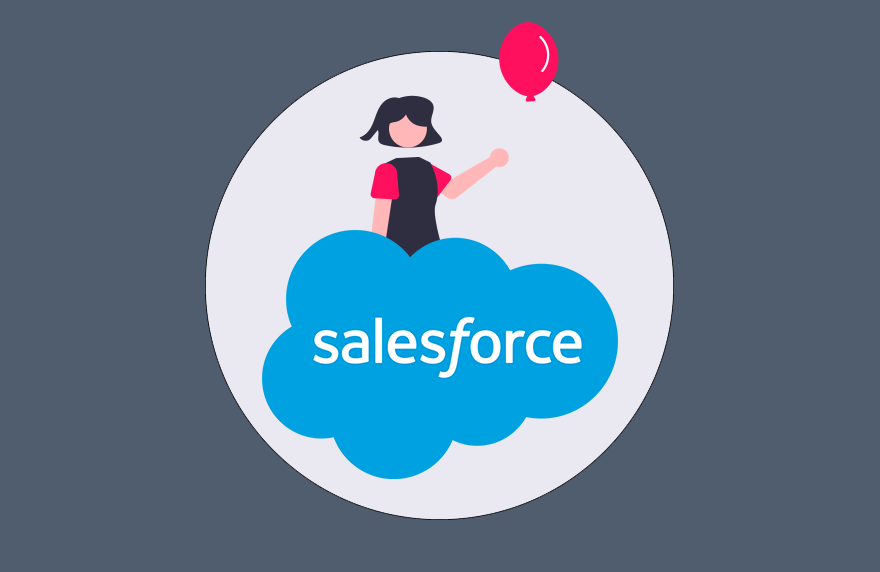It’s not what you’ve got, it’s what you DO
The 25th of August is my birthday,* and I find I’m increasingly more concerned about getting the perfect photo snap of the day with friends gathered around than I am about the size and filling of an expensive cake to accompany the day.
But why is this I ask myself?
The answer is undoubtedly a mixture of elements; generational shifts, changing attitudes, and technological advancements just to name a few. But spanning across all of these is a fundamental shift in consumer values… people want ‘experiences’ over ‘things.’
It’s not a completely new phenomenon, and those ‘in-the-know’ have been flying the flag of the ‘Experience Economy’ since the late 1990’s. But whilst it is easy to get bogged down in the psychology behind all this, in essence, it’s actually very simple; despite austerity, inflation, and political uncertainty, consumers are spending more on doing rather than owning.
What would you rather? A once-in-a-lifetime trip to Macchu Picchu? Or a 42-inch surround sound 3D TV? I know which one I’d prefer…
Now of course, it’s not a ‘one size fits all’ approach, and some consumers would much rather have Mary Berry’s voice echoing around their living room than slogging it up a hill to an old Aztec relic. And that’s fine. But even the financial big dogs have begun to recognise the shift.
Figures from Barclaycard showed a 20% increase in spending in pubs in 2017 compared with 2016; restaurant spending went up 16% in the same period, while cinemas also lapped up a 13% rise. Meanwhile, sales of vehicles decreased by 11%, household goods 2.5% and even department store giants witnessed a loss (albeit only a small 1%).
It goes without saying that the rise and influence of Social Media has played a huge part in this cultural shift; after all, what’s the point of going on holiday if none of your 867 Facebook ‘friends’ know that you went in the first place?
Obviously, I’m being dramatic (in a sense), but the notion itself is more relevant than ever. At the 2017 Jazz Age Lawn Party in New York, Organiser Michael Arenella shouted “Put your phones down! …Live in the moment!” and whilst I agree with Arenella’s viewpoint, there can be no denying that, for many people attending the Lawn Party, those snaps and videos (intended for Snapchat & Instagram feeds) may be precisely what they’ve paid the ticket price for.
Another potential factor for the ‘experiential’ shift is more deeply rooted in the psychological makeup of human beings. “Keeping up with the Joneses” is a phrase most people have come across; and yet whilst comical in its delivery, the reasoning behind it is ultimately linked to our sense of ego.
However, when it comes to experiences, we are far less likely to compare experiential purchases than we are products. James Wallman, a trend forecaster, noted that “if you have a Nissan and your neighbour has a Porsche, there’s no doubt who has the better car, and if you ask the Nissan driver to swap, they will,” continuing, “But if you ask people who went on holiday to the Seychelles or south Wales, it’s clear who had the fancier holiday, but surveys show the person who went to Wales won’t swap because they had an equally good time.”
From Shop to Showroom
So what are industries doing to capitalise on this cultural shift away from ‘things’?
In recent years, it’s become quite apparent that High Street retailers have been struggling with the traditional ‘bricks-and-mortar’ format; suffocated by the ease and speed of online goliaths such as ASOS and Amazon. In an attempt to differentiate themselves, many retailers have experimented with the idea of retail experiences – a sort of ‘Shop to Showroom’ if you will. Physical retailers understand that they must try and merge the online/offline experience, offering more than just goods in their physical stores.
Professor Gary Warnaby, of the Manchester Metropolitan Business School, believes that in this new multichannel world, the physical retail outlet “becomes more about the experience of the brand as opposed to selling more merchandise.”
This is exactly the foundations on which American clothes chain Bonobos operates on. Their ‘Guideshops’ offer a one-on-one experience (booking appointments is often necessary) with a Guide who goes through the product line; advising on sizing and style. When ready, the Guide helps place the order and get it delivered to the customer straight away – no shopping bags necessary.
Even industries historically regarded as ‘experience-led’ are looking for ways to further enhance the customer’s experience.
Take cinemas as an example, who really wants to sit in a big, dark room like the rest of the herd? Wouldn’t it be much more of an experience to watch Blair Witch on the rooftop of a London building overlooking the ‘Big Smoke’?
Well, that’s exactly what Rooftop Film Club thought too, and it appears it’s been a huge hit, with screenings regularly selling out, and the company now branching out further afield than the Capital (Oh, and did I mention ticket prices start at around £15? Better hope it’s not raining….).
Come fly with me…
With that in mind, how can the Travel industry follow suit? An industry renowned for relying on Air Miles and ‘One night’s free stay’ to reward and enhance their customer’s experiences?
A recent report from Euromonitor International identified 4 elements which any consumer-facing brand should be focussing on to enhance the customer experience; all 4 of which can easily be applied to the Travel industry.
- A sense of community – Experiences can be exclusive yet inclusive (what an oxymoron I know). But hotelier chain Marriot have already realised this and subsequently beefed up its rewards programs so members can use their loyalty points towards a new ‘experiences marketplace;’ including perks like West End show tickets or bespoke cooking classes.
- Authenticity – Consumers increasingly want authentic, natural and local experiences, with brands representing themselves honestly and transparently. They’ve grown weary to the ‘Hollywoodized’ glitz of travel ad’s, creating expectations that are ultimately not met.
Tourism Australia however, have adopted a different mentality; instead relying heavily on UGC across Social to highlight that Australia is a ‘place you feel.’ This natural approach has permeated well with consumers, resulting in a very strong Social Media presence for the brand. - Technology – As with most aspects of the Marketing sphere, technology will increasingly play a pivotal role in enhancing the customer’s experience. Not only through allowing customers to share their experiences online, but by resolving potential pain points throughout the customer journey.
Airlines, in particular, have looked to utilise tech in this way; Singapore airlines passengers can access a ‘Book the Cook’ service which gives them a wider selection of choice and the option to reserve meals up to 24 hours before a flight. Meanwhile, Dutch Airline KLM have introduced a ‘Meet and Seat’ feature, whereby passengers can view the Facebook or LinkedIn profiles of fellow flyers, as well as find out where they’ll be sitting (whilst this is undoubtedly a technological feature, I question whether it slips into the realms of ‘creepy’ …). - Customisation – The ‘1-to-1’ brand-consumer relationship is somewhat of the Holy Grail for all Marketers. And reaching this pinnacle certainly enhances the overall customer experience. A notable example is the recently launched online hotel booking platform, Travelsify. Instead of using the tried and tested method of refining search results by a list of tangible amenities, they rank each hotel according to 34 attributes (e.g. cosiness, stylish, zen etc). Customers are then able to pick a hotel based on their mood or emotional state; essentially allowing them to tailor their holiday ‘feels’ before even leaving the country.
It goes without saying that the possibilities of enhancing the customer experience are endless, but the Travel industry is fortunate in the fact that consumers are already in a positive emotional state. Therefore, instead of trying to re-invent the wheel, Travel brands should simply look for ways to add value to the experience wherever the opportunity (and resource) allows.
After all, at the end of the day, all we really want is a Retweet on our Eiffel Tower picture, right?
*Disclaimer: It’s not my actual birthday but I don’t want the Zuckerberg knowing any more about me than he already does.








